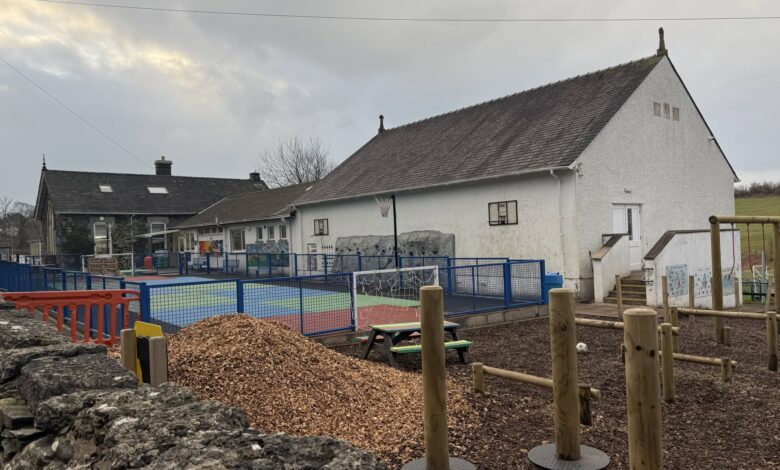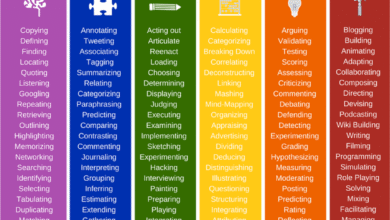Why Small School Headteachers Keep Education Alive

How do small school headteachers juggle multiple roles and responsibilities?
Small school headteachers take on leadership, site maintenance, pastoral care, and part-time teaching. How do they manage, and what lessons can we learn from their experiences?
One head teacher, many hats!
While visiting a school in Crosthwaite, Cumbria, I saw first-hand the unique pressures of leading a small rural school with just 100 pupils. The challenges were distinct but just as intense as those in larger schools.
The headteacher was the only member of the leadership team. He wasn’t just responsible for strategic and pastoral duties; he was also physically building a Portakabin, fixing signage for students, and teaching part-time. In a setting with so few staff, leadership becomes something else entirely—survival.
Staffing constraints beyond the classroom
With limited pupil numbers, year groups were merged, requiring careful curriculum planning and differentiation. With only two full-time teachers, including the headteacher, staff took on multiple roles—teaching, administration, and even reception duties—keeping the school running on efficiency.
The school had rolling fields, an allotment, and alpacas—resources requiring upkeep. Unlike larger schools, the headteacher and teachers took on this responsibility themselves.
A leadership model that is overlooked
When we talk about school leadership in England, we often focus on multi-academy trusts, secondary school heads, and Ofsted frameworks. But what of the headteachers who are lone leaders, without a deputy or assistant head? How do they survive? And more importantly, who supports them?
Small schools are the backbone of rural communities, yet face increasing threats from budget constraints, recruitment challenges, and accountability measures designed for larger institutions.
If small schools are to thrive, policymakers must recognise their unique contexts and ensure that funding, leadership training, and workload expectations reflect reality.
How many small schools are there in England?
There appears to be approximately 3,500 small schools in England.
Since the 1980s, small schools in England have halved in number. Multi-academy trust policies often put financial viability ahead of community needs.
Without support, these schools risk closure, which would have a lasting impact on students and families. The reality is “small schools are also much more likely to get poor Ofsted grades.” Coincidence?
The future of small schools
- How can workload be managed effectively in a small school with limited staff?
- What strategies can be used to teach mixed-age classes effectively?
- How can small school leaders balance teaching with leadership responsibilities?
- What role can technology play in supporting small schools?
- How can policymakers better support rural and small schools?
- What CPD opportunities are most valuable for headteachers in small schools?
- How can small schools create sustainable leadership models?
- What lessons can larger schools learn from small school leadership?
- How can small schools enhance student learning with limited resources?
Teachers who want to understand the complexities of small school leadership should consider how multi-role headteachers manage their responsibilities effectively. Learning from their experiences can provide insights into managing workload, improving efficiency, and fostering community connections.
In small schools, headteachers must balance multiple roles, requiring creativity, resilience, and strategic thinking. Supporting these schools ensures educational equity for all students.
Dedicated to Matt Jessop, and the brilliant staff at Crosthwaite Primary School.
Related
Source link



